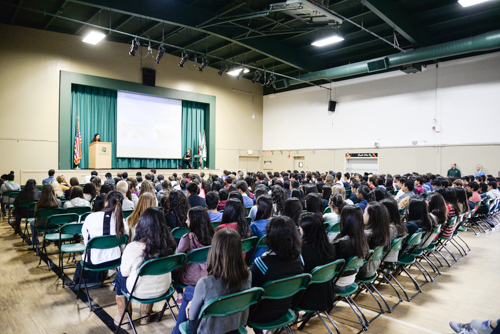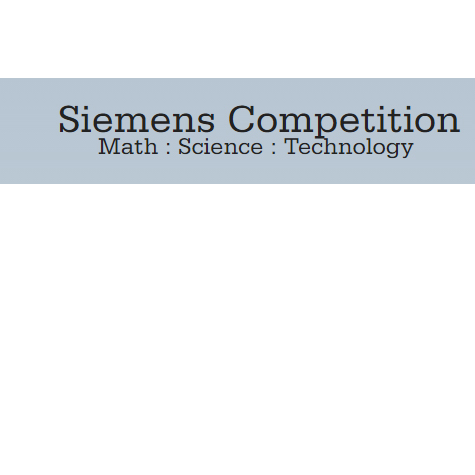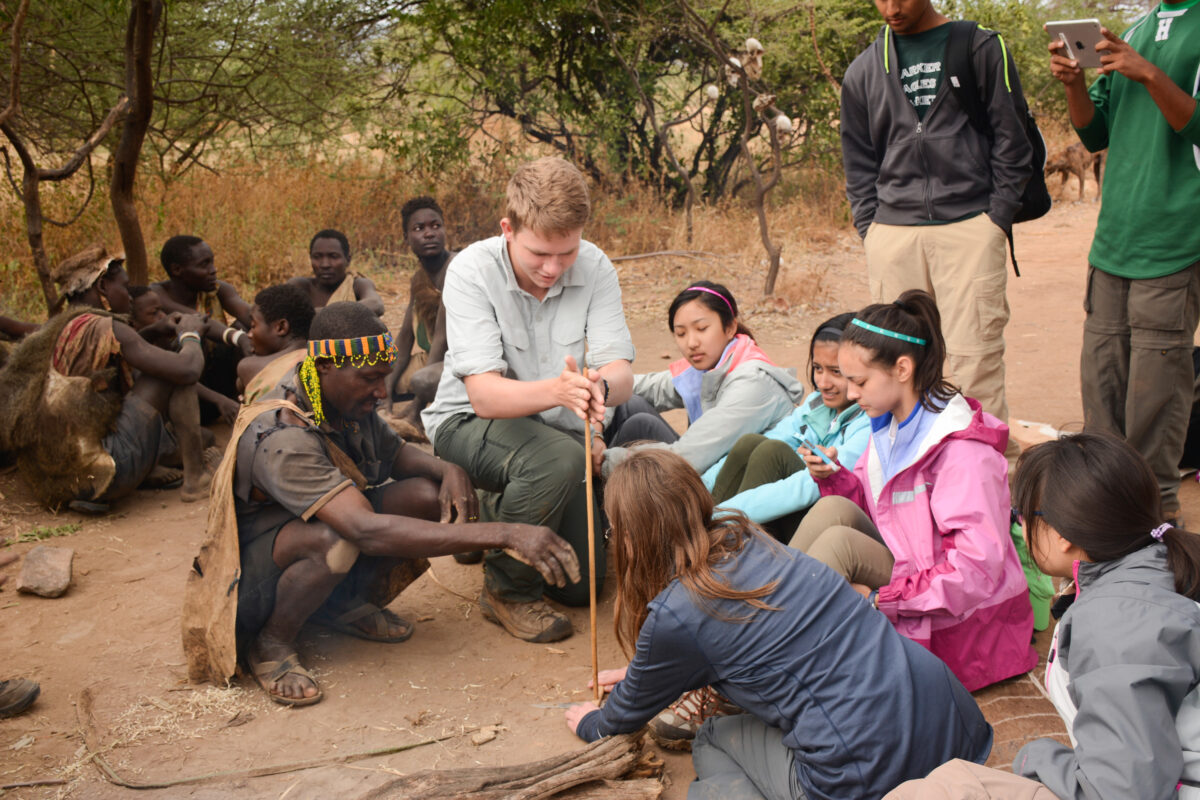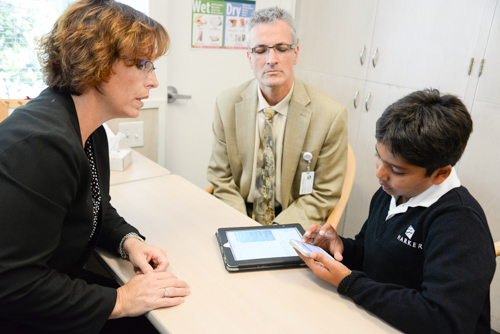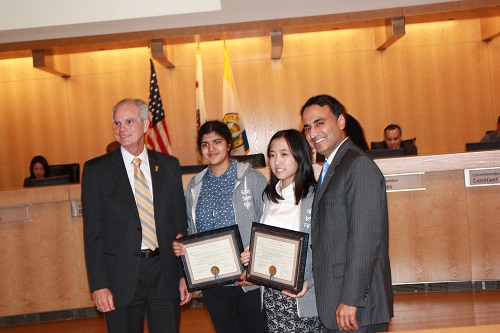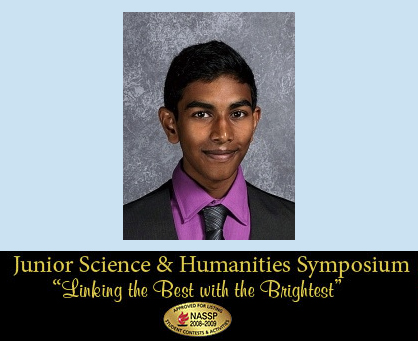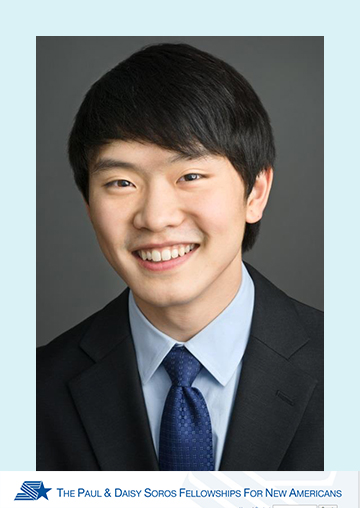Assembly Addresses Nuclear Nonproliferation, Student Group Plans Research for Hiroshima Conference
During a special assembly on Oct. 19, upper school students heard from three representatives of The James Martin Center for Nonproliferation Studies (CNS). Based at the…
